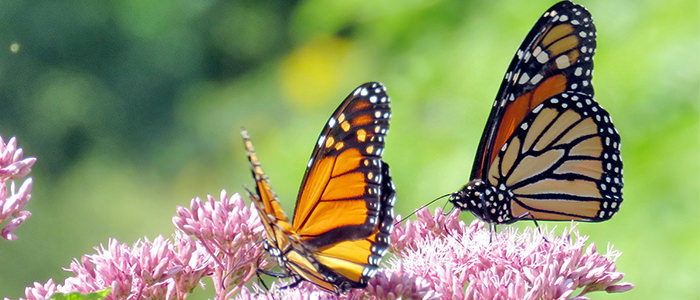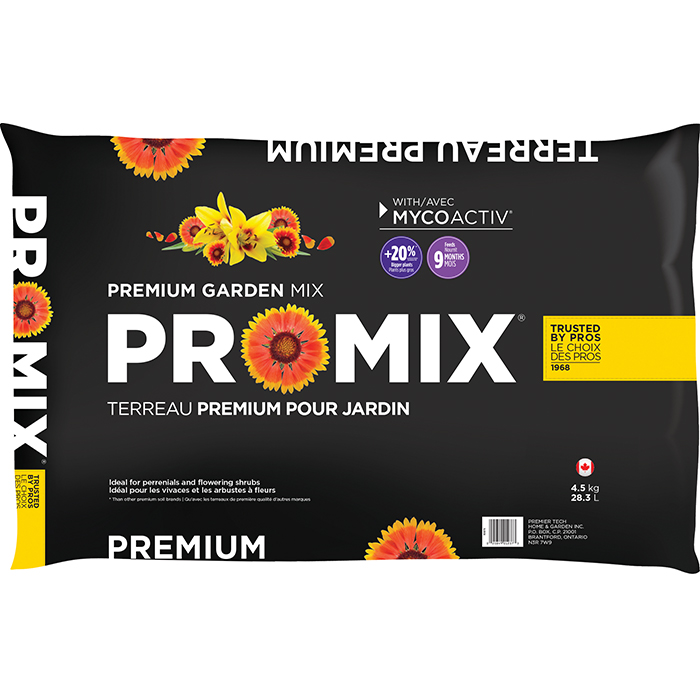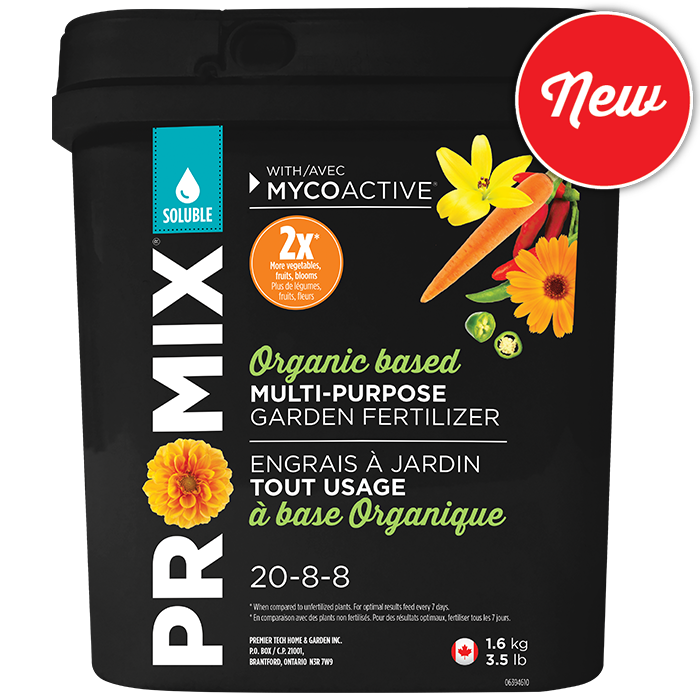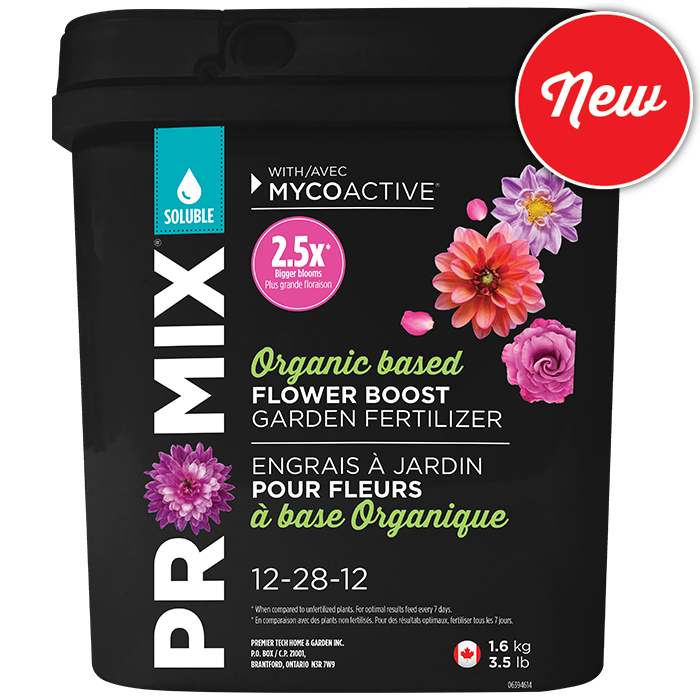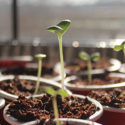Butterflies are beautiful, there is no doubt about it. From Monarchs with their orange and black colouring to the Spring Azure in a gorgeous shade of blue, butterflies come in a variety of colours, wing shapes, and sizes. In addition to their visual beauty, butterflies can also be beneficial to your garden in other ways, including minimizing the number of mosquitoes in the area. Because of both of these things, many people are cultivating gardens full of butterflies. Are you interested in doing the same? Here are some tips to get you started.
Cultivate a Variety of Plants
Most butterflies are attracted to three things: colours, flowers, and nectar. While you can easily plant the same flowers over and over again, to attract the widest variety and highest numbers of butterflies, try to plant different types of flowers in your garden. Choose both plants native to your area and a combination of perennials and annuals. Also, pick some that flower at the same time and some at different times.
Make sure to get a variety of colours and sizes in your plants and flowers. In terms of design, consider planting in blocks of colour, with a pattern, rather than randomly throughout the garden. If you want to attract monarchs, make sure to include a healthy quantity of milkweeds in your garden.
Go Straight For the Sun
Butterflies need sunlight and the accompanying heat it provides in order to warm up in the morning and stay warm during the day. Thus, be sure to locate your intended butterfly garden in the sun (choose your plants accordingly). You may also wish to consider placing some rocks in the garden. Rocks will provide radiating heat to your garden, making them an excellent spot for butterflies to land on.
Remember the Water
Many species of butterflies need water, which makes it essential when cultivating a butterfly garden. A simple way of incorporating water is to get a shallow plastic dish, burying the bottom in the soil, and filling the dish with soil. You can also use a water bath sculpture, should you so desire, or even a moving water feature. Remember to change the water regularly to help dissuade too many other insects from hanging out around your butterfly garden.
Avoid Insecticides
Using insecticides, herbicides, pesticides, et cetera, around your butterfly garden is going to be counterproductive. These toxins will not only kill butterflies who are there already, but also dissuade others from making an appearance. Go all-natural with your butterfly garden to see the best possible results.
Protect the Eggs
If you have created a healthy butterfly garden, many of the full-grown butterflies will lay eggs throughout the garden. You can often find the eggs in dry spots between rocks and fallen leaves and petals. To help the eggs produce new butterflies, do not clean the garden in the fall or winter. Wait until the caterpillars wake up in the spring and have the chance to eat and transform into butterflies. Your butterfly garden will thank you for it.
